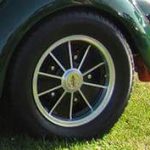We’ve put together this guide to DVLA campervan classification, and what to do if your reclassification request is refused by the DVLA (Driver and Vehicle Licensing Agency).
Vanlife has become increasingly popular over the last few years, and it’s becoming ever easier to convert your own camper using readily available kits and YouTube tutorials, but it’s important that your new campervan conversion or self-built motorhome is correctly registered and classified properly with the DVLA.
This isn’t always that straightforward, though, as stringent DVLA laws and confusing rejections have led to a lot of uncertainty recently. In 2019 alone, the DVLA refused 9,488 applications as confirmed to MMM Magazine, and they don’t say why either.
This guide will explain how the DVLA classifies campers, why they might reject a reclassification from a van to a camper, and what you can do if your reclassification isn’t approved.
What is a ‘motor caravan’?
The DVLA recognises motorhomes, campervans, and day vans all under the same classification of ‘motor caravan’. However, if you’ve converted a van or similar vehicle into a campervan or motorhome, then you’ll often need to obtain reclassification to a motor caravan.
While classification doesn’t affect insurance, and won’t affect how you drive it, it can be important for licensing and for the DVLA to understand the vehicles on the road.
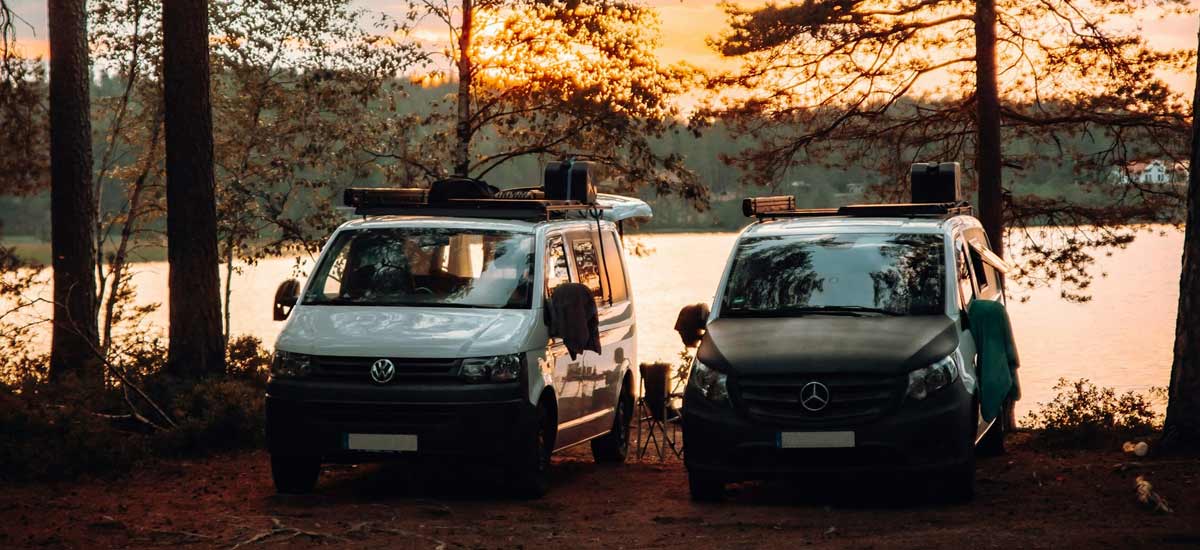
How do I get re-classification as a motor caravan?
To receive aftermarket classification as a motor caravan, you need to meet all three of the following:
1) Your current body type, according to your V5C, is one of the following:
- Ambulance
- Box van
- Goods
- Insulated van
- Light goods
- Light van
- Livestock carrier
- Luton van
- Minibus
- Multi-purpose vehicle (MPV)
- Panel van
- Specially fitted van
- Special mobile unit
- Van with side windows
It’s important to note that the DVLA will not process your application if the body type listed on your vehicle’s V5C (log book) under vehicle details point D.5 is not one of the above.
2) You have the required motor caravan external permanent features
DVLA require you to submit photographic evidence that your vehicle has the following, as part of your application.
Two or more windows on at least one side of the main body, to provide a reasonable amount of daylight into the living accommodation.
Note that this does not include windows on the driver or passenger doors.
A separate door which provides access to the living accommodation of the vehicle.
This excludes the driver and passenger doors, and generally refers to a sliding door on the side.
A window on this door counts as a separate window on the main body, and so counts toward the above point.
Motor caravan-style graphics on both sides of the vehicle.
These can be picked up fairly easily online, and help differentiate your vehicle from a ‘works van’.
An awning bar attached to either side of the vehicle.
This includes the popular Fiamma awning range and similar wind-out awnings, which add an extra shaded and sheltered area to the side of your vehicle while you’re camping.
A high-top roof. Note that this does not include a pop-top elevating roof.
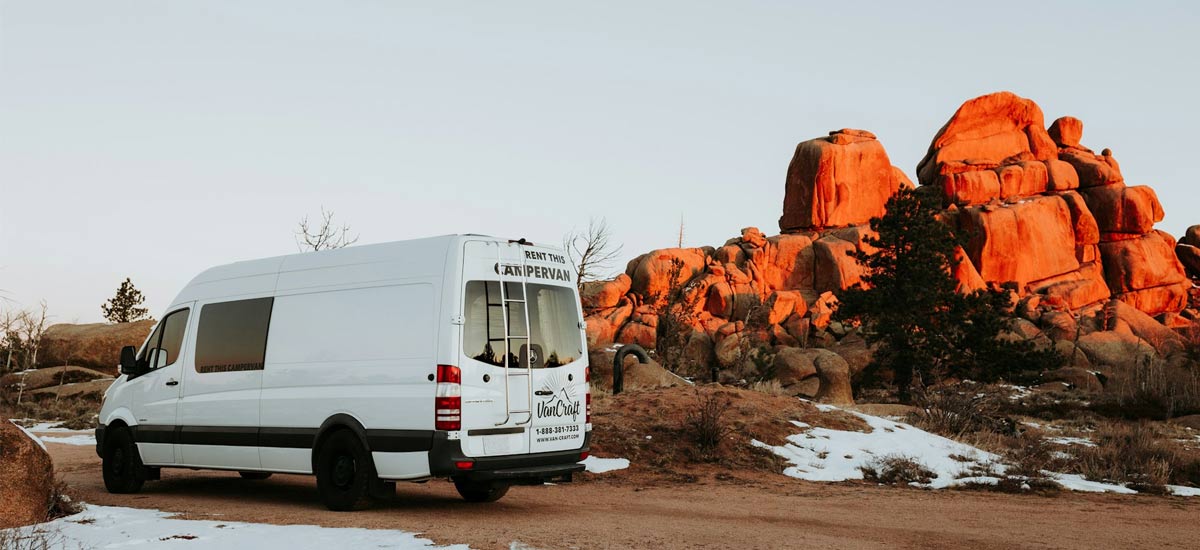
3) You have the required motor caravan internal features
You’ll also need to have the following inside your vehicle, at a minimum:
Seats and a table
These need to be an integral part of your motor caravan’s living accommodation area, and mounted independently of other items.
While you can have a detachable tabletop, the table leg(s) which the tabletop mounts to must be a permanent feature. Here’s an example from Just Kampers.
Your seats must be fixed to the floor or sidewall and available for use at the table.
Sleeping accommodation
Your motor caravan’s bed may be converted from the seats, such as a ‘rock and roll bed’, but must be an integral part of the vehicle living accommodation area.
The bed must also be secured as a permanent feature, either with the base structure of the vehicle floor or to the side wall, unless the sleeping accommodation is provided over the driver’s cab compartment.
Cooking facilities
You’ll also need to make sure that your motor caravan has at least a single-ring cooker or a microwave, and it has to be secured directly to the vehicle floor or side wall as a permanent feature.
If the cooker is fuelled by an on-board gas supply, then the gas bottle must be secured in a storage cupboard or to the vehicle structure.
If the cooker is fuelled by gas from an external supply from outside the vehicle, then the fuel supply pipe must be permanently secured to the vehicle structure.
Storage facilities
The requirement for storage facilities are pretty simple, and can be a cupboard or locker which is an integral part of the vehicle living accommodation.
It needs to be mounted independently of other items, unless it’s incorporated below the seat, sleeping accommodation or cooker.
You’ll also need to make sure it’s secured permanently to the vehicle floor or side wall, unless the storage facility is over the driver’s cab compartment.
To support your reclassification, you’ll have to submit evidence of the above to the DVLA. This is in the form of photos, a V5C, and the motor caravan vehicle checklist.
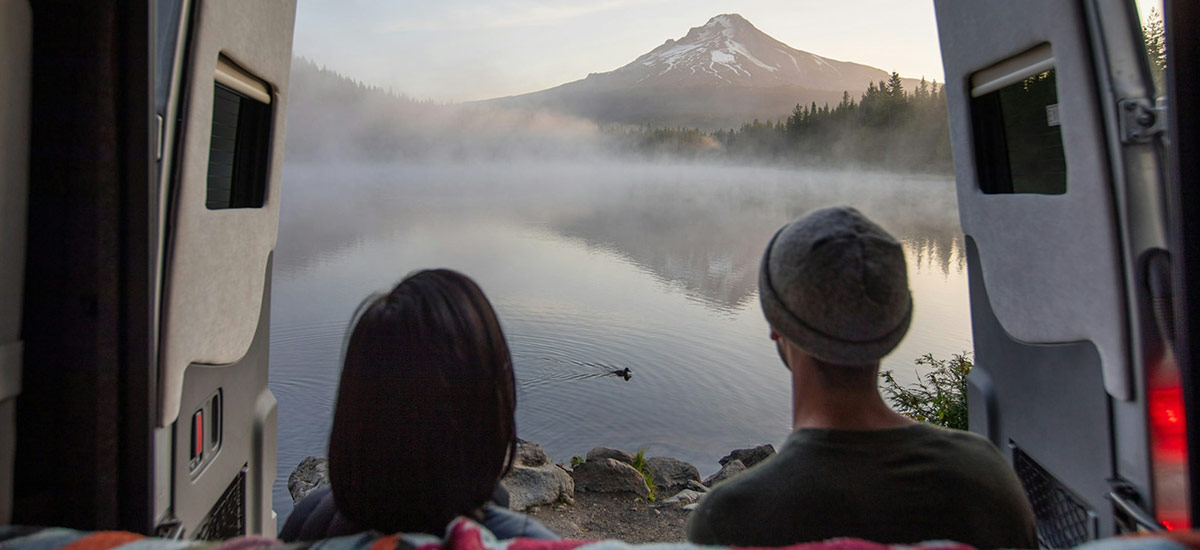
What evidence do I need to submit?
In order for the DVLA to even process your application, you must provide the following:
- A completed motor caravan conversion checklist, which you can find here
- A V5C currently showing one of the body types listed above
- Photos showing the required internal features with all features in the ‘in use’ positions, as well as the windows letting light into the living area.
- Exterior photos showing the campervan from all angles, with registration plates clearly shown
- Photos showing the VIN/chassis number on the bodyshell or original chassis.
Please note that all photos must be clearly described on the back, including the date the photo was taken and the vehicle number plate. Your vehicle may also be subject to an inspection, and failure to facilitate this will result in a refused application.
Where do I send off Evidence to the DVLA?
The DVLA requires that you send all evidence to:
DVLA
Swansea
SA99 1BA
At the time of writing, there’s no alternative online method to submit evidence. You can find more information on submitting evidence here on the DVLA site.
Why did the DVLA refuse my campervan application?
Truthfully, no one knows. The reasons given are often vague and don’t match up with the regulations given.
It’s worth taking the time to re-read the guidance from the DVLA website, and ensuring that you’re 100% compliant with everything included in the three major areas (body type, external features, internal features), and that you’ve clearly demonstrated that with your photographs and other evidence, before submitting your application.
This should give you the best possible chance of having your application approved.
However, if you feel that you’ve complied fully with all of the DVLA requirements and still had your application rejected, then it may be worth contacting them for information as to why.
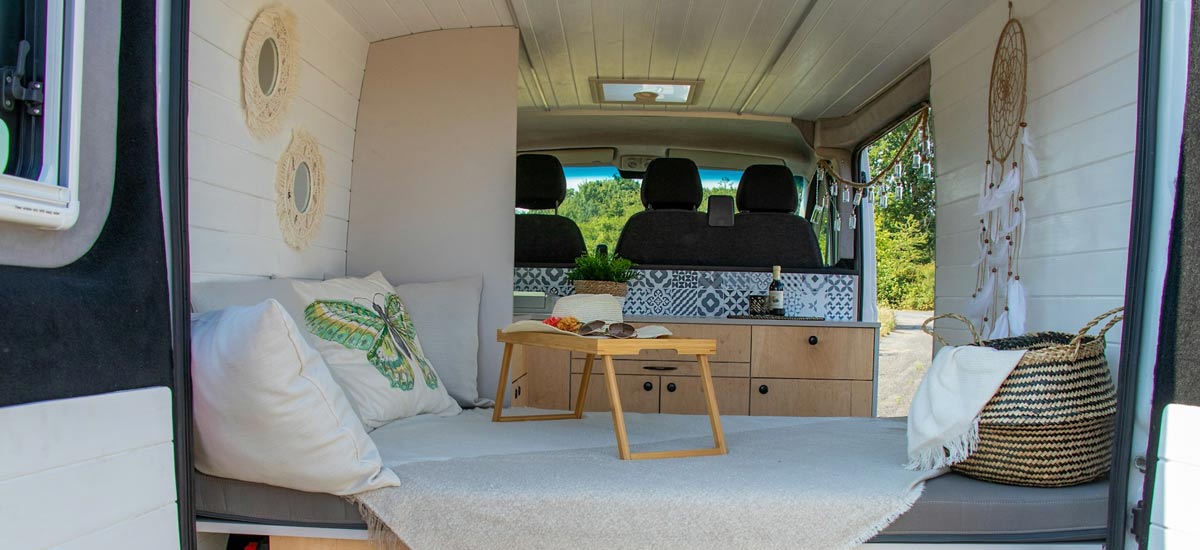
Want to insure your converted campervan?
As we mentioned above, the DVLA classification of your campervan or motorhome won’t affect your insurance, so you can still get campervan or motorhome insurance and enjoy your home away from home.
Speak to our friendly team of experts here at Just Kampers Insurance, and we can help you find incredible deals on vehicle cover for your motorhome or campervan. We’ve been providing specialist insurance for campervans and motorhomes since 1998, so we know exactly how to get you a great deal on your tailored policy.
Call us on 01256 444 546 or click here to request a call back.
A Quick Summary
If you’ve got a van that you’ve converted to a campervan, it should be reclassified by the DVLA as a ‘motor caravan’. To do this, you’ll need to apply to the DVLA to get this updated.
In some cases, these applications get rejected, and it’s not always very clear why.
If this happens to you, we recommend that you thoroughly check the DVLA guidelines and resubmit your application. If this is again unsuccessful, try contacting the DVLA directly for more details.
